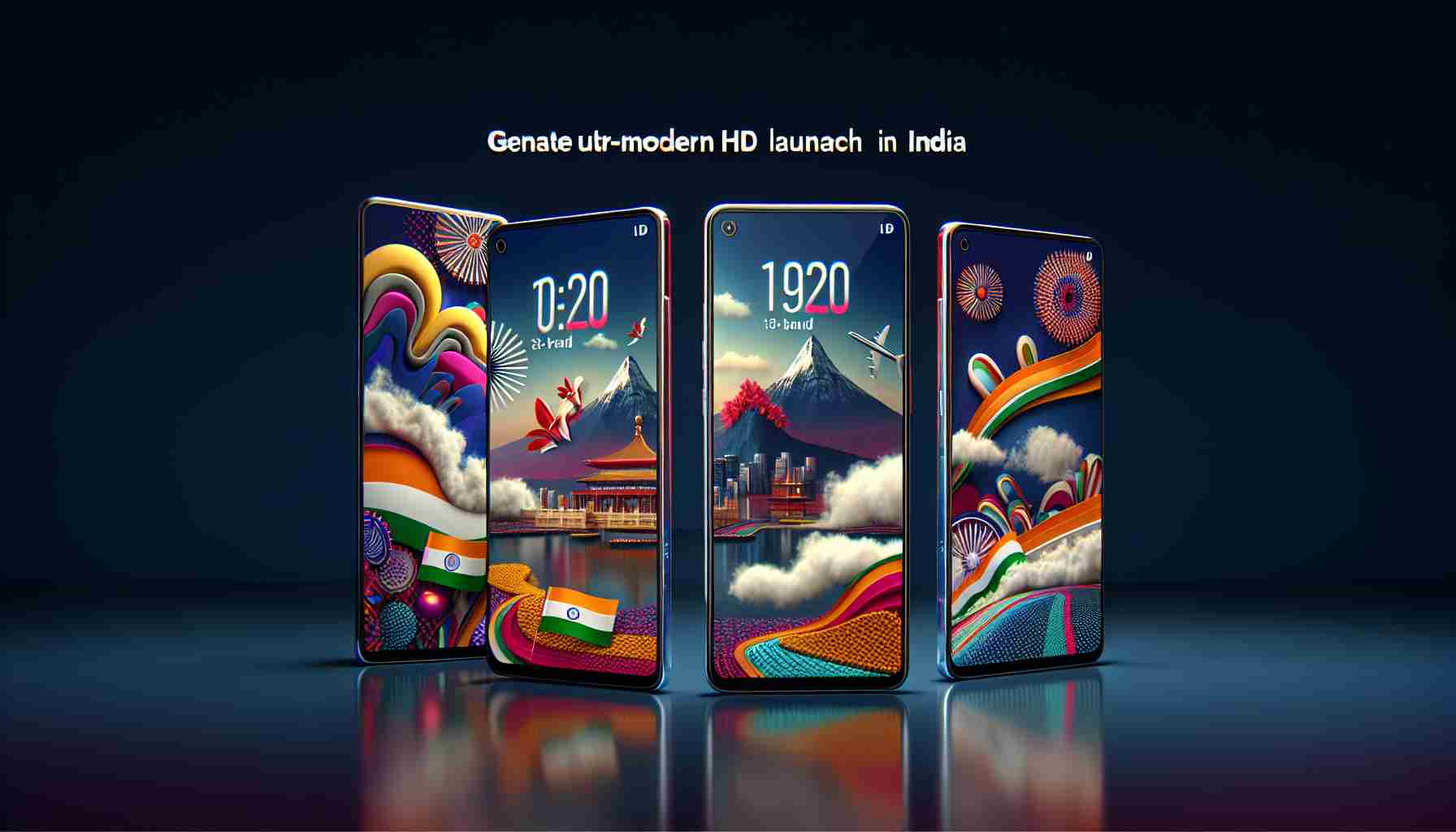HMD Global prepares for the Indian market debut of its own line of feature-rich smartphones, signaling the arrival of the HMD Pulse series. The lineup, comprising the Pulse, Pulse+, and Pulse Pro, initially released in European regions, will soon be introduced in India, expanding HMD’s footprint.
The anticipated announcement of the Indian variant names is poised to happen soon, as HMD has conveyed through a social media post on X (previously known as Twitter). The specific date earmarked for this revelation is April 29, where at least one of the HMD Pulse series phones will be detailed for the Indian consumer base.
In terms of pricing, the base model, HMD Pulse, dons a tag of approximately Rs. 12,460 in European currency conversions, with a palette that includes Atmos Blue, Dreamy Pink, and Meteor Black. The Pulse+ with a slight higher positioning is priced at about Rs. 14,240, available in vibrant shades like Apricot Crush, Glacier Green, and Midnight Blue. The flagship of this series, the Pulse Pro, is estimated to cost around Rs. 16,000, dressed in classy hues like Black Ocean, Twilight Purple, and yet again, Glacier Green.
Each smartphone in the series is powered by a Unisoc chipset, varying RAM capacities—from 4GB to 8GB—and ample storage options with expandability via microSD. The software is the latest Android 14, with HMD promising substantial future updates and security patches.
The displays are uniform across the trio—a 6.65-inch LCD with modest 720p resolution, enhanced by a 90Hz refresh rate and a high peak brightness level for clear viewing. Camera configurations differ, with the regular Pulse featuring a 13-megapixel primary sensor, while its siblings boast a higher-resolution 50-megapixel counterpart. A 2-megapixel depth sensor is standard across the board, with varying front-facing camera quality, peaking with the Pulse Pro’s 50 megapixels.
Battery life should not be a concern with a robust 5,000mAh capacity on all models, complemented by fast charging on the Plus model. Connectivity options round off the offerings with the inclusion of a 3.5mm headphone jack, 4G LTE, Wi-Fi 5, Bluetooth 5.0, and NFC capabilities.
Key Challenges:
One of the key challenges for HMD Global in debuting its self-branded smartphones in India is navigating an intensely competitive market. India has a diverse smartphone user base that demands high-quality devices at competitive prices. HMD will need to differentiate its products from those of established players like Xiaomi, Samsung, and Realme.
Another challenge relates to brand perception. HMD Global operates under the Nokia brand for most of its devices, which has a longstanding reputation. Introducing a new line under their own name might require additional efforts in marketing and brand positioning.
Furthermore, they will have to ensure a strong after-sales service network and customer support in India to build trust among consumers.
Controversies:
There are no specific controversies associated with the launch of HMD’s self-branded phones in the article.
Advantages:
The introduction of the Pulse series in India by HMD Global presents several benefits. Consumers have more choices with a set of smartphones that offer differing features at varying price points. Additionally, the use of Unisoc chipsets may allow HMD to offer competitive pricing while delivering decent performance.
Promising substantial future updates and security patches is another advantage, which can convince users about the long-term usability of the phones.
Fast charging (on the Plus model), ample battery size, and a range of connectivity options are features that can make the smartphones attractive to the Indian consumer who prioritizes such specifications.
Disadvantages:
A potential downside could be the modest 720p resolution in a market where consumers are becoming increasingly screen quality conscious, often preferring full HD displays.
Additionally, the reliance on Unisoc chipsets might be a concern for consumers who are accustomed to Qualcomm or MediaTek processors that are widely recognized for their performance and efficiency.
The smartphones’ success might also be limited by the intense competition in the segment they are positioned in, as other brands might offer better specs at similar price points.
For detailed and updated information about HMD Global and its product releases, you can visit the official HMD Global website.
